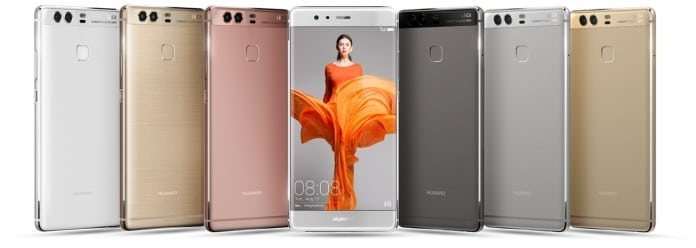
According to the latest preliminary release from the International Data Corporation (IDC) Worldwide Quarterly Mobile Phone Tracker, vendors shipped a total of 334.9 million smartphones in the first quarter of 2016 (1Q16), up slightly from the 334.3 million units in 1Q15, marking the smallest year-over-year growth on record. The minimal growth this quarter is primarily attributed to strong smartphone saturation in developed markets, as well as a year-over-year decline from both Apple and Samsung, the two market leaders.
The biggest change to the market, however, was the addition of lesser-known Chinese brands OPPO and vivo, which pushed out previous fourth and fifth place players Lenovo and Xiaomi, respectively. As the China market matures, the appetite for smartphones has slowed dramatically as the explosion of uptake has passed its peak. In 2013, China’s year-over-year shipment growth was 62.5%; by 2015, it had dropped to 2.5%. Conversely, the average selling price (ASP) for a smartphone in China rose from US$207 in 2013 to US$257 in 2015.
“Along China’s maturing smartphone adoption curve, the companies most aligned with growth are those with products serving increasingly sophisticated consumers. Lenovo benefited with ASPs below US$150 in 2013, and Xiaomi picked up the mantle with ASPs below US$200 in 2014 and 2015. Now Huawei, OPPO, and vivo, which play mainly in the sub-US$250 range, are positioned for a strong 2016,” said Melissa Chau, senior research manager with IDC’s Worldwide Quarterly Mobile Phone Tracker. “These new vendors would be well-advised not to rest on their laurels though, as this dynamic smartphone landscape has shown to even cult brands like Xiaomi that customer loyalty is difficult to consistently maintain.”
“Outside of China, many of these brands are virtually unknown and the ability of these rapidly growing Chinese vendors to gain entry into mature markets such as the United States and Western Europe will be essential if they have aspirations of catching Apple or Samsung at the top,” said Anthony Scarsella, research manager with IDC’s Mobile Phone team. “Huawei has proven that it can sell increasingly premium devices. In China, Huawei is already recognized as a premium brand, but it is now going toe-to-toe on build quality with premium devices like the Nexus 6P that are available worldwide. While Huawei is furthest along in terms of international recognition, selling equally impressive volumes outside of China remains a challenge for many of these brands, whether it is Xiaomi, Lenovo, OPPO, or vivo. Their ability to drive local growth no longer applies when it comes to international expansion, where premium branding quickly turns to price competition.”
Smartphone Vendor Highlights:
Samsung remained the leader in the worldwide smartphone market despite a year-over-year decline of 0.6% in shipments. Despite the slight decline, the new Galaxy S7 and S7 edge sold vigorously in the month of March and was helped by numerous enticing carrier promotions to help push volume. The S7 also brought the reintroduction of a microSD card slot in combination with waterproofing, which looks to have paid off for the Korean giant as early sales look healthy. Within emerging markets, Samsung has performed well with its more affordable J-series as it looks to capture both budget conscious consumers and first-time buyers.



































